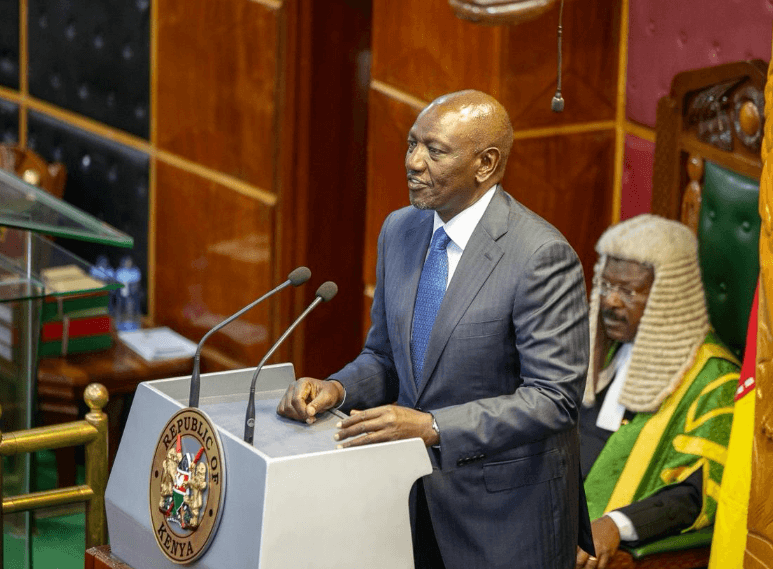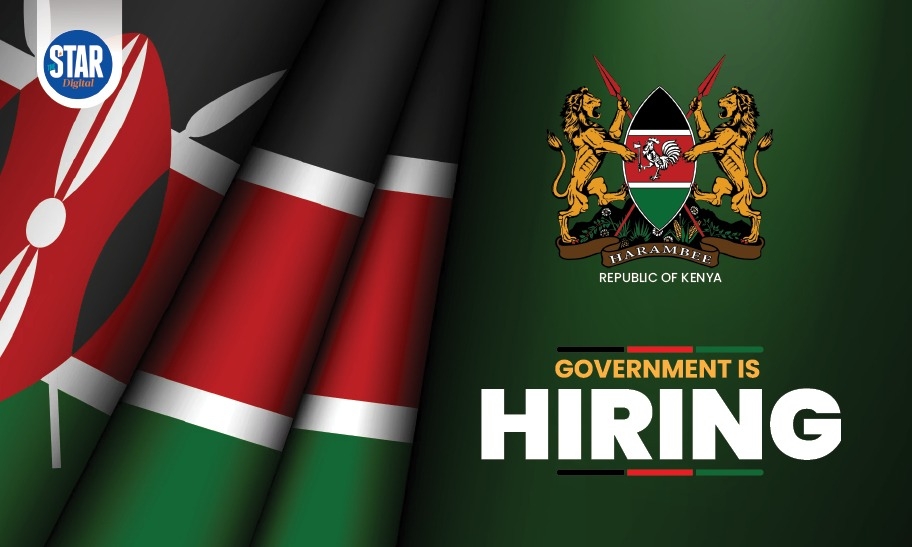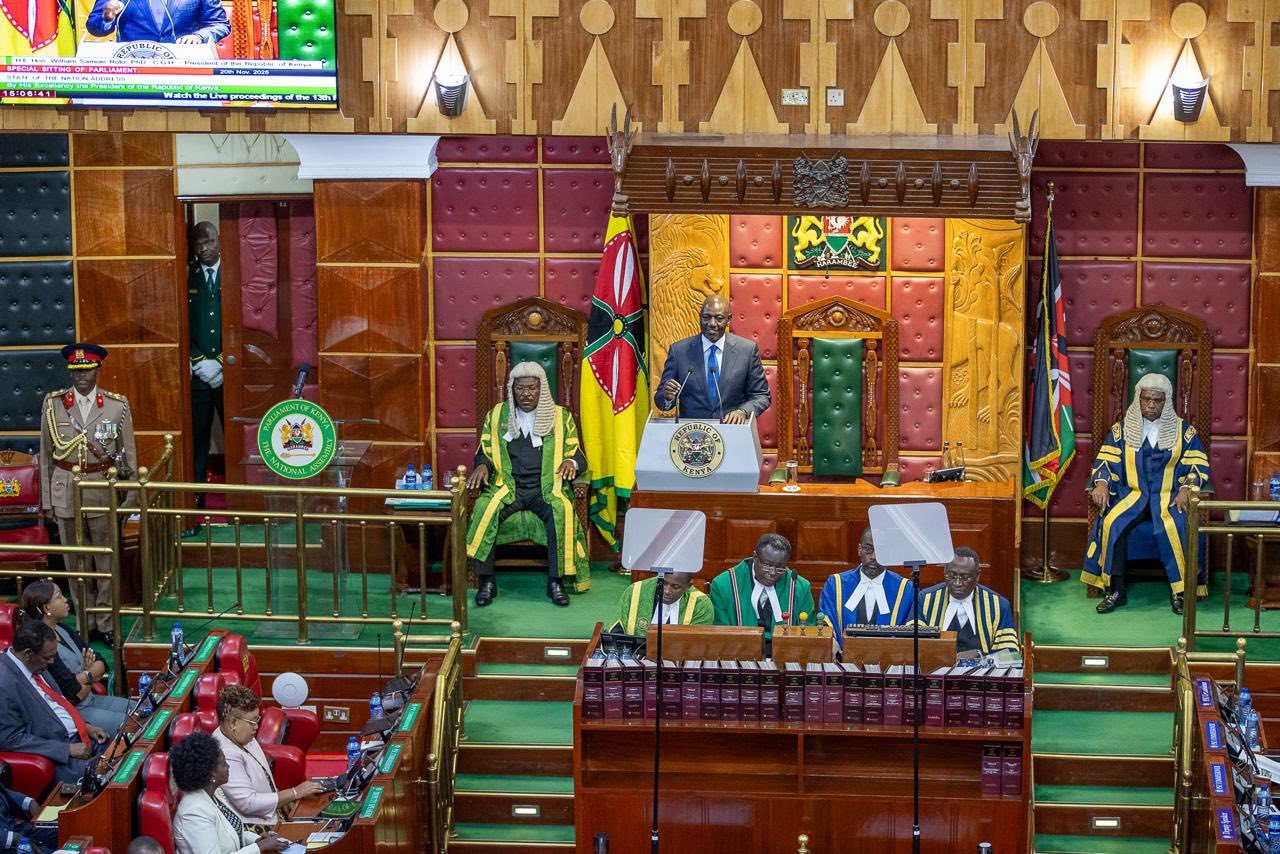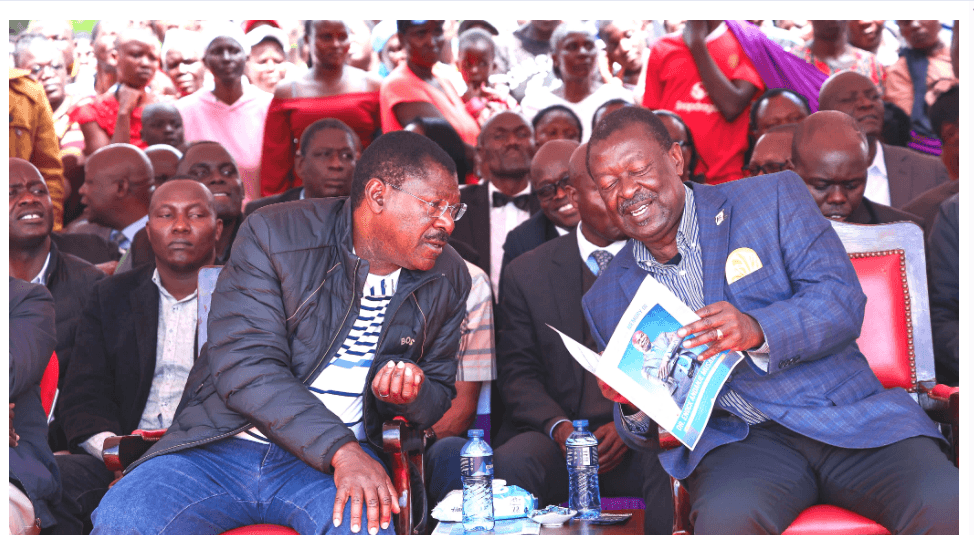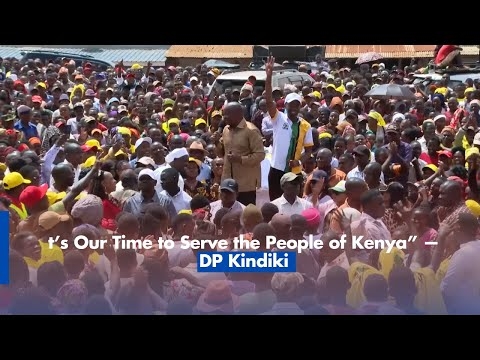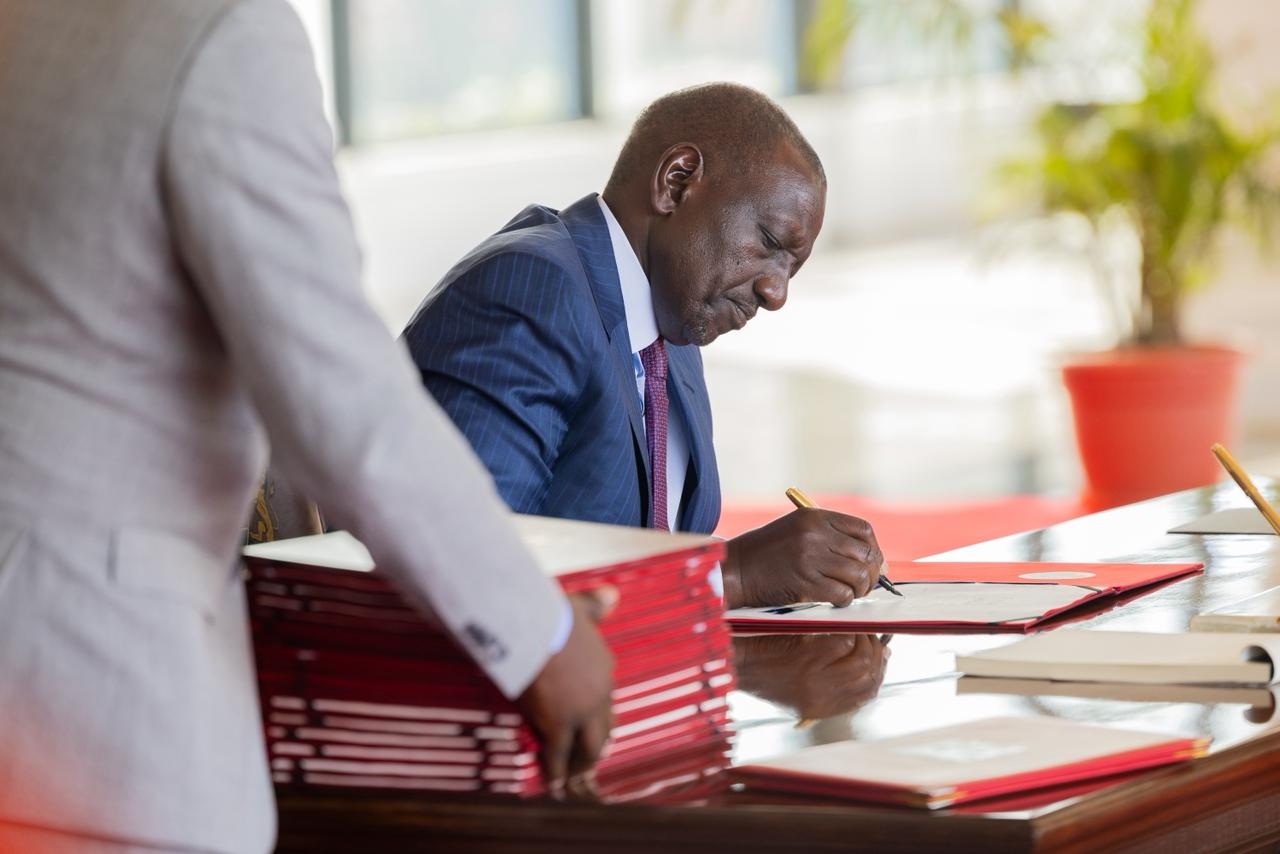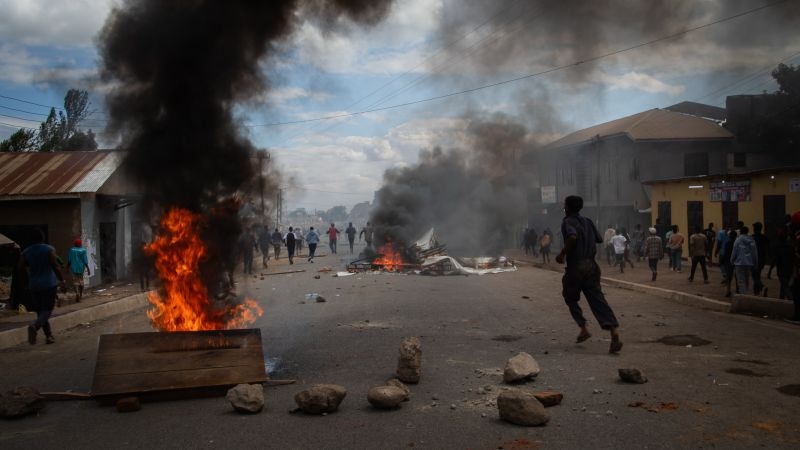It took millions of dollars in bribes by CIA agents to clan warlords to foil a major terror attack of the US Embassy in Gigiri in 2009, a new declassified document reveals.
A lead al Shabaab terrorist had planned to charter a private plane from Somalia's capital Mogadishu and crash it in the embassy.
As part of the scheme, two trucks packed with explosives would have simultaneously crashed through the gates of the installation, causing massive civilian casualties.
The dossier has been published on YouTube channel Real Crime and is titled “The CIA Taking Down America's Enemies”.
The declassified papers, turned into a documentary, say after the 9/11 2001 attack, the US government’s war on terror campaign saw $100 million pumped into Kenya and the Horn of Africa for its campaign against terrorists.
The Daniel arap Moi administration gave Washington a blank cheque to set up a CIA operation base in Nairobi to carry out counter-intelligence operations, using whatever resource they wanted, the documentary says.
According to Mathew Aid, author of Secret Sentry and an intelligence specialist featured in the documentary, hundreds of intelligence operatives with paramilitary experience arrived in Nairobi to conduct counter-intelligence work.
Hundreds of special forces were also shipped to Nairobi to back up the CIA operatives.
To avoid raising public attention, the government told the public the Americans arriving in Nairobi were to train Kenyan soldiers on the global war on terror.
The foiled plot was hatched by an Al Qaeda unit in Somalia that later morphed into al Shabaab.
It was led by Saleh Ali Saleh Nabhan who had direct contact with Osama Bin Laden who was based in Pakistan.
Nabhan was the link between al Qaeda and al Shabaab and had been on the USA most wanted list since 2006.
The report says John Benette, the CIA station chief in Nairobi responsible for the operation in Somalia, handed out briefcases of dollars to clan bosses so they could turn over information about the terrorists.
He recruited businessmen and transporters across the Somalia-Kenyan border, turning them into spy agents as long as the loads of cash got delivered on time.
It is through these risky deals that agents got wind of the planned embassy bombing, which set in motion activities that would lead to the scheme being thwarted.
Four flights between Nairobi and Mogadishu were cancelled and the embassy evacuated.
Benette’s operation was code named Operation Celestial Balance.
Had the terrorists succeeded, hundreds would have been killed and many more injured.
The botched plan came only a few years after the November 28, 2002, attack by the group in key hotels at the Coast frequented by westerners.
Two Kenyan gunmen drove a vehicle full of explosives through the gate at the Paradise Hotel in Kikambala, killing 15 people and wounding 80.
At roughly the same time, Nabhan and a Kenyan-Somali named Issa Osman Issa took up a position near Mombasa’s Moi International Airport, and fired two surface-to-air missiles at an Israeli charter flight with 246 tourists traveling back to Tel Aviv.
The two missiles missed the plane and the flight arrived in Tel Aviv safely.
Before the 2002 attack, the 1998 bombing of the US Embassy, then located at the corner of Moi Avenue and and Haile Selassie Avenue, killed 200 Kenyans, 12 Americans and injured over 400. The attack was orchestrated by al Qaeda.
The US Embassy relocated to Gigiri in 2003, across from the United Nations offices.
It was momentarily closed in mid-2003 due to a possible security threat.
Another key terror personality featured in the declassified material is Fazul Abadallah Mohamed, a Comorian-Kenyan member of al Qaeda, and the leader of its presence in East Africa.
He organised the bombing of the 1998 US embassy bombing, a fact he acknowledge during his coronation on November 11, 2009 in his speech when he took over the leadership of the East Africa Al Qaeda network after Nabhan got killed.
Fazul would later be killed in a confrontation with the Somalia National Army in June 2011.
Nabhan would later be tracked down and eliminated in a September 2009 operation approved by President Barack Obama.
He was in a convoy of two vehicles from Mogadishu to Ras Kamboni, close to the Kenyan border, when surveillance drones located him and four helicopter gunships killed him and three others.
Two injured fighters were captured. His body was later buried under the sea.
Though the planned 2009 attack failed, Kenya would suffer a major terror attack in 2013 by four islamist militants.
The September 21 attack saw assailants lay siege on Westgate Mall in Westlands resulting in 71 deaths, that included 62 civilians, five Kenyan soldiers and all the four terrorists. Some 200 people were injured.
Al-Shabaab claimed responsibility for the attack, justifying it as a retribution for the Kenyan army deployment to Somalia in Operation Linda Nchi from 2011.
It was followed by the 2015 Garissa University College attack that saw 148 people killed and 79 injured.
The islamist attackers took over 700 students hostage, freeing Muslims and killing those who identified as Christian.
Like the Westgate Mall attack, al Qaeda and al Shabaab claimed responsibility.
The January 2019 DusitD2 attack would be the third large scale terrorist assault.
A suicide bomber blew himself up while four attackers carried out mass shooting for hours. In all 21 civilians were killed, one KDF soldier and all five militants.


